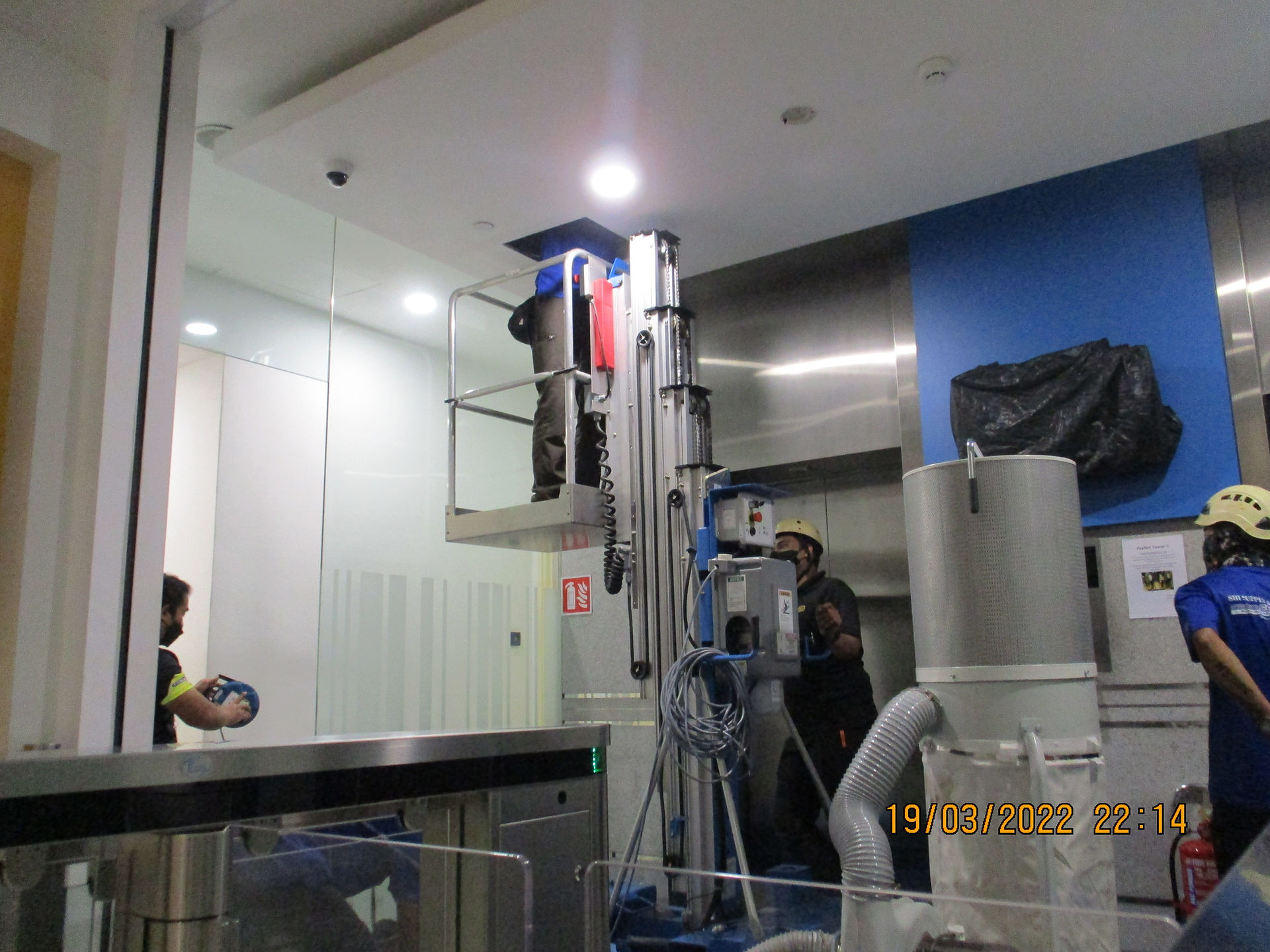
INFO
THE FIVE BASIC DUCTWORK PRINCIPLES
The following ductwork design concept will help you and your HVAC professional create an effective ductwork system for your building. For the most comprehensive information on duct work design, including technical specifications.
1. Correctly size ductwork for your building’s needs – proper ductwork design requires that the ductwork you install is properly sized to provide the airflow needed for your building. If the ductwork is too small. It will not be able to carry enough heated or cooled air to keep your indoor spaces comfortable. In addition, too-small ducts can produce an annoying amount of noise if the ductwork is too large, there can be air expertise to find the right size of ductwork for your building
2. Make sure supply and return airflow is equal – supply airflow refers to the heated and cooled air that your HVAC system produces and distributes throughout your building. Return airflow is the expended air that is brought back to your HVAC system to be conditioned, filtered, and distributed agaim. The amount of airflow for these two processes should be as close to equal as possible to ensure there is enough return air coming back into the system to keep up with supply demands
3. Choose a standard duct configuration – Ductwork can be configured in several different ways, but it is best to choose a standard configuration that has been proven to work. For example, a radial design that puts the HVAC equipment in the center with ductwork radiating outward is a common and effective design. Confer with your HVAC professional and industry guidebooks for help with choosing an effective duct configuration.
4.Seal and insulate ductwork – even if you have follow best practices for ductwork design. If the duct system isn’t properly sealed and insulated, it will not be able to deliver the conditioned air you need. Air leaks could occur where the ductwork isn’t sealed. Without insulation, heated air will cool as it flow through the ductwork and cooled air will warn up. Make sure all ductwork with rigid fiber board or other appropriate insulation.
5. Place ductwok properly – Whenever pssible, ductwork should be installed in areas of your building that already receive heating and cooling. At the very least, avoid routing ductwork through areas that will be nearly as hot or cold as the outdoor temperatures. Even if the ductwork is insulated, there can be a substantial change in temperature of the air moving through the ductwork in these areas.










